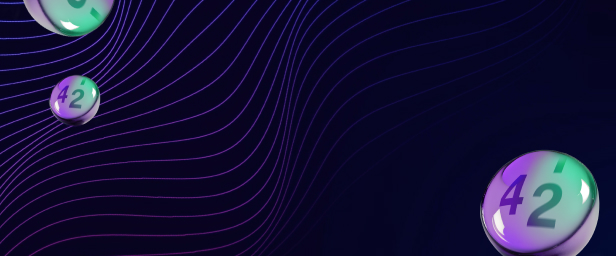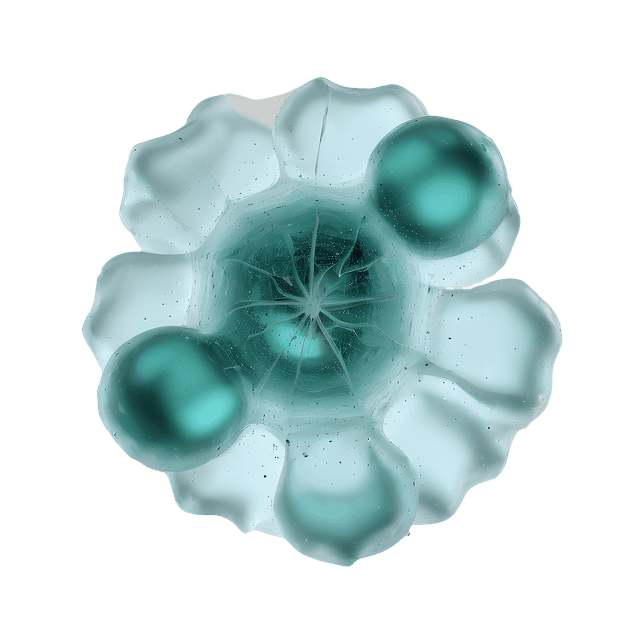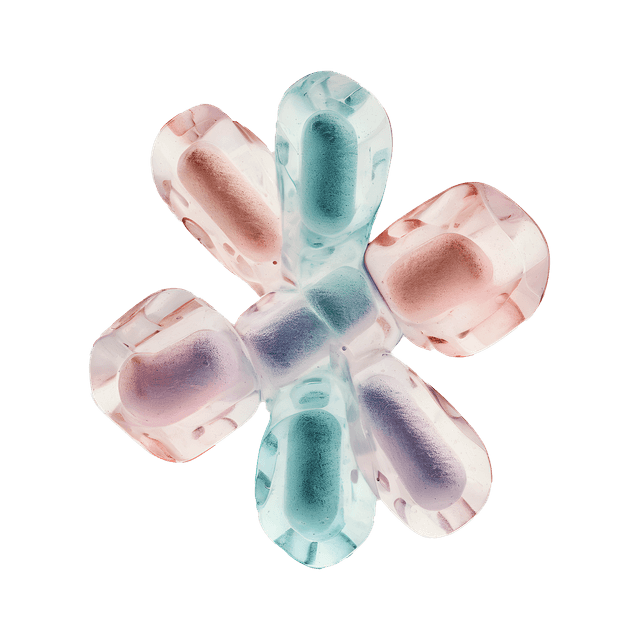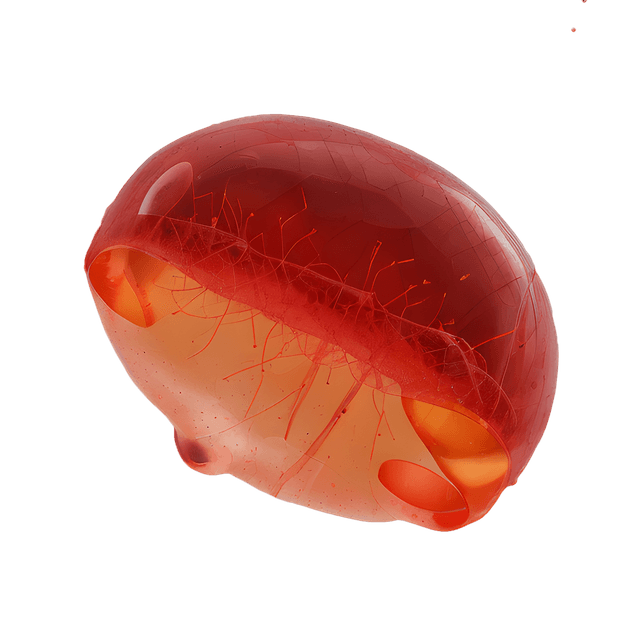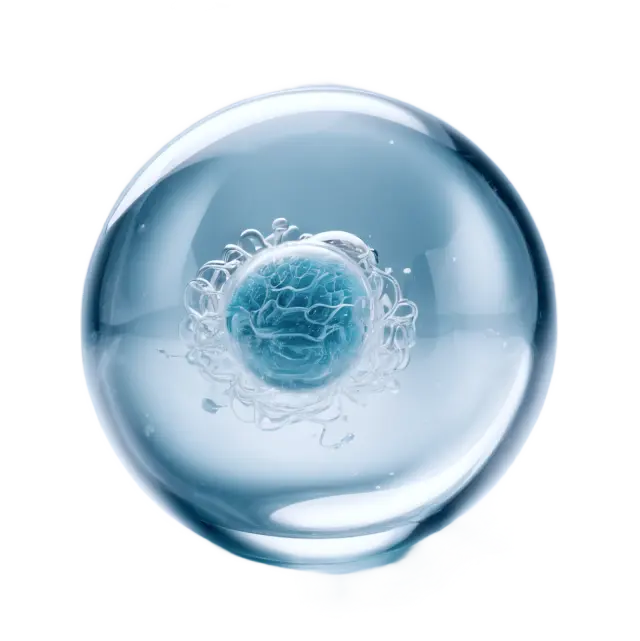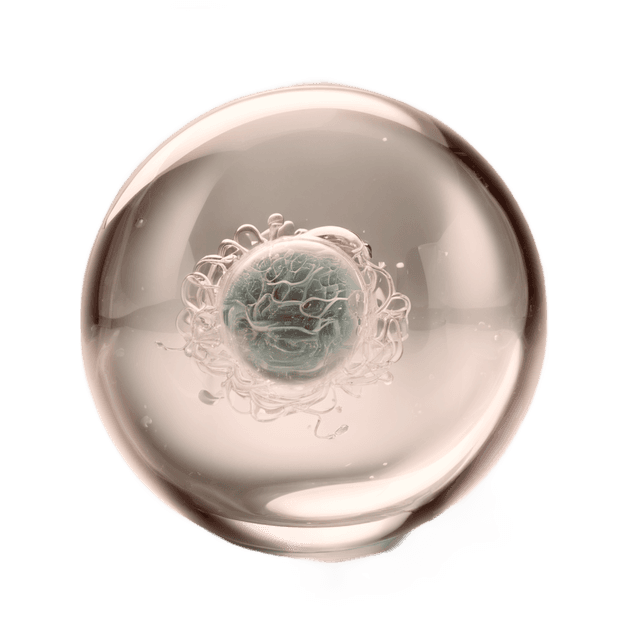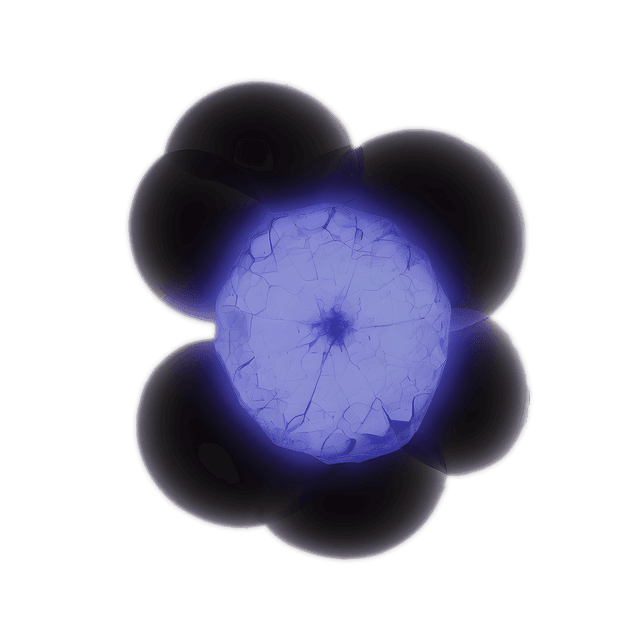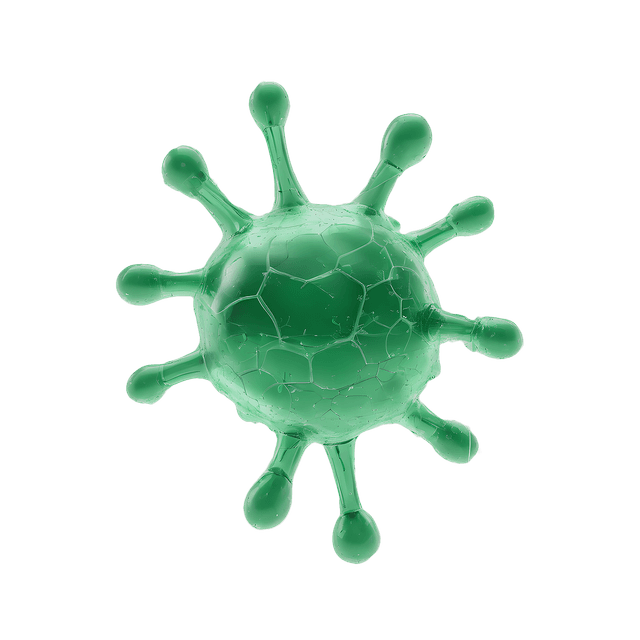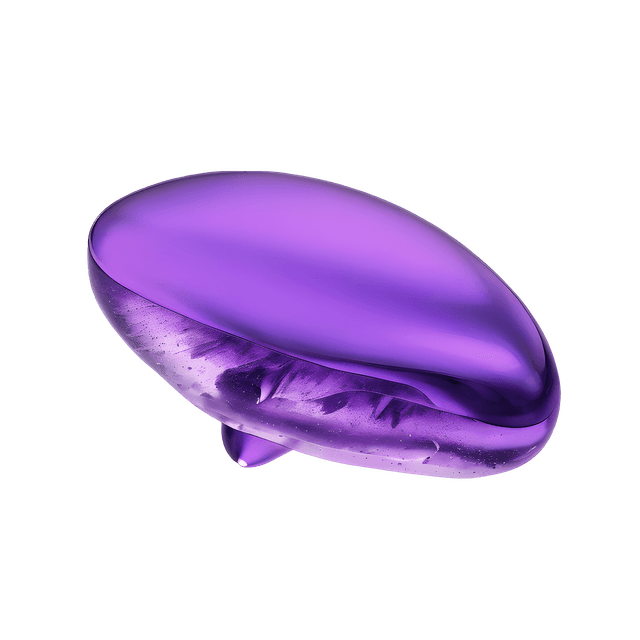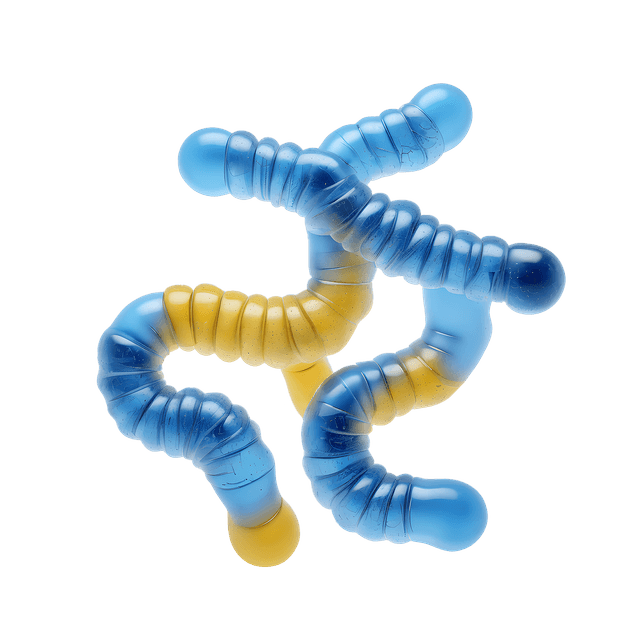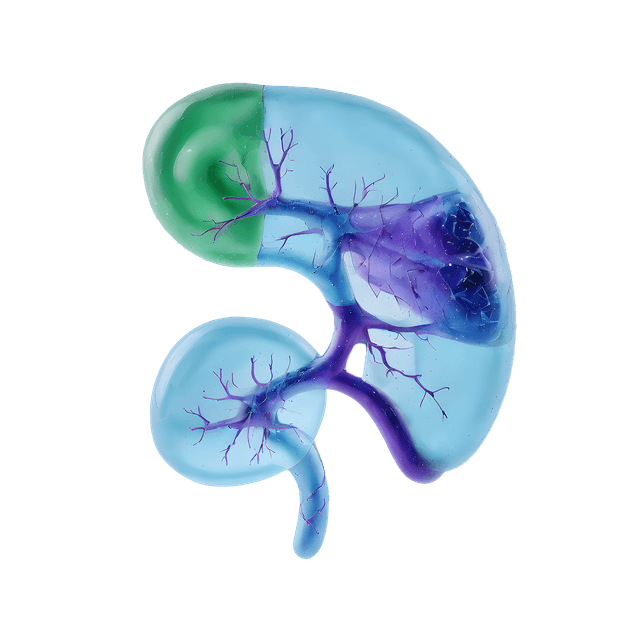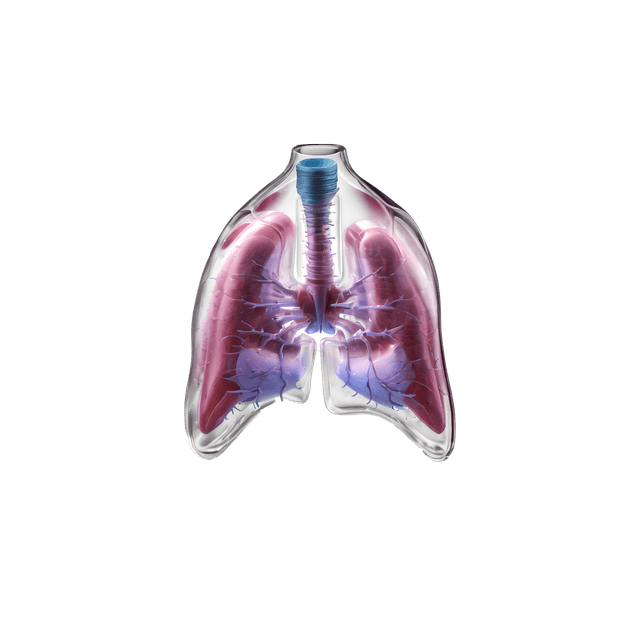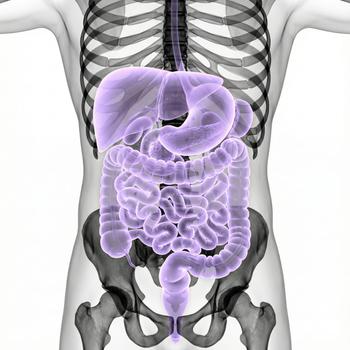Quick version
Lower abdominal pain in women is common during menstruation and is often completely harmless, but it can also signal a condition that needs treatment. By paying attention to how the pain feels, when it occurs, and if it comes with other symptoms, you can pick up important clues for an investigation in consultation with your doctor. In the event of recurring or severe pain, it is important to seek medical attention to get the right diagnosis and help.
What is meant by the lower abdomen?
The lower abdomen is the area below the navel – this is often called the pelvic area. This part of the abdomen contains, among other things, the bladder, ovaries, uterus and parts of the intestine, which in turn means that pain in the lower abdomen can have many different sources.
7 common causes of lower abdominal pain in women
- Menstrual cramps (dysmenorrhea) – one of the most common causes of lower abdominal pain in women is menstrual cramps. This is often experienced as aching or cramping pain before and during menstruation.
- Ovulation – some women may feel a stabbing or stabbing pain in the middle of their menstrual cycle, often on one side of the abdomen.
- Endometriosis – this is a chronic condition in which the lining of the uterus grows outside the uterus. When this happens, it can cause severe pain during menstruation and sometimes between periods.
- Ovarian cysts – these are fluid-filled sacs that can cause pressure or pain, especially if they rupture or twist.
- Urinary tract infection – this often causes burning when urinating, frequent urges and sometimes aching pain in the lower abdomen.
- Intestinal problems – this can be due to IBS or constipation, for example, which can also cause pain in the lower abdomen.
- Pregnancy – both early pregnancy and an ectopic pregnancy can cause abdominal pain, which should always be investigated if there is any uncertainty.
Are you experiencing any of the following? Then you should contact healthcare
- Sudden and/or severe pain
- Fever or nausea associated with the pain
- Pain that worsens or does not go away
- Bleeding between periods or after intercourse
- Suspected pregnancy and abdominal pain
Examination and treatment
Depending on the extent of your symptoms and complaints, the doctor may perform a gynecological examination, take blood or urine samples, or use ultrasound. If necessary, advanced imaging diagnostics such as MRI examination of the abdomen can also be used – especially if endometriosis or tumors are suspected.

